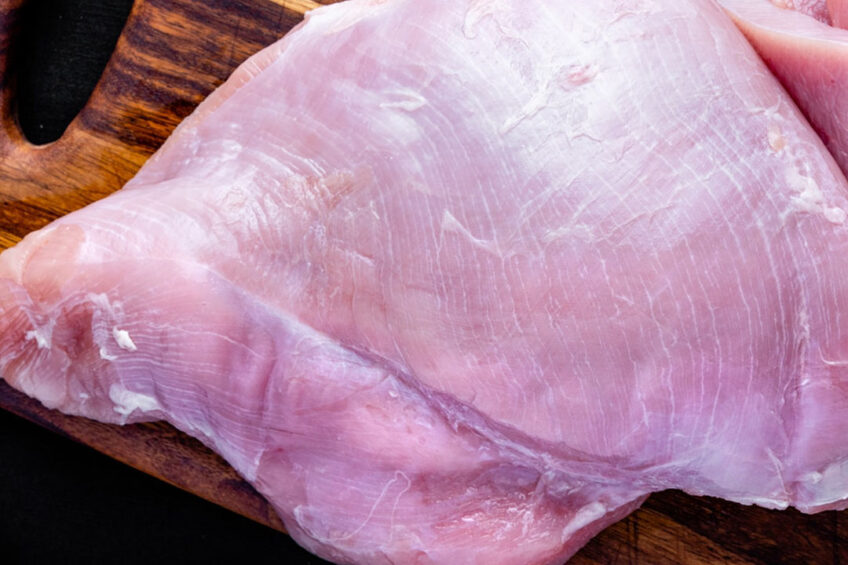Lag between campylobacter cases in broilers and humans

A Swedish study of human cases of campylobacteriosis and the prevalence of Campylobacter spp. in broilers has found a 2-week time lag, suggesting transmission through handling and consumption of fresh chicken meat.
The study, published in the International Journal of Food Microbiology, looked at cases between 2009 and 2019, exploring the relationship between the proportion of Campylobacter-positive broiler batches and the number of reported domestic cases in Sweden in humans.
Seasonality and variation of campylobacteriosis
The scientists took 2 different approaches for analysing time series data using weekly, bi-weekly or monthly data of human campylobacteriosis cases and prevalence in broiler slaughter batches and found clear seasonality and variation between years.
During the period, rates in sampled slaughter batches of broilers have ranged between 5% and 15% with a tendency to see the highest rates in late summer and lowest during the winter months. There is also a large variation in batches from different broiler producers, with some not having any Campylobacter while batches from others hitting up to 30%.
But the study also found that while there was a clear link between broiler and humans, increased broiler prevalence alone could not explain the rise in human cases. Models failed to capture or predict the extended period of high cases in 2016/7, prompting scientists to highlight the need for data of Campylobacter in broiler meat and genomic comparisons between isolates from humans and broilers.
UK analysis of campylobacteriosis
Ongoing analysis by UK supermarkets into levels of Campylobacter in chickens for the first quarter of this year found that none breached the Food Standards Agency maximum level of 7% of birds with more than 1,000 colony forming units per gramme (CFU/g) of Campylobacter.
Food Safety News reported the following results for the major UK retailers:
- Tesco – 3% of 302 samples were above the 1,000 CFU/g in the first quarter compared to 2% in the last quarter of 2021.
- Sainsbury’s – 5% compared to 3% in the last quarter.
- Aldi – 4.2% compared to 3.3%.
- Morrisons – just under 6% compared to 4%.
- Lidl – 2% compared to 6%.
- Asda – 1% compared to 2%.
- Waitrose – 1%, level as the last quarter.
The Co-Op for the second successive quarter showed no chickens contaminated at levels greater than 1,000 CFU/g.








